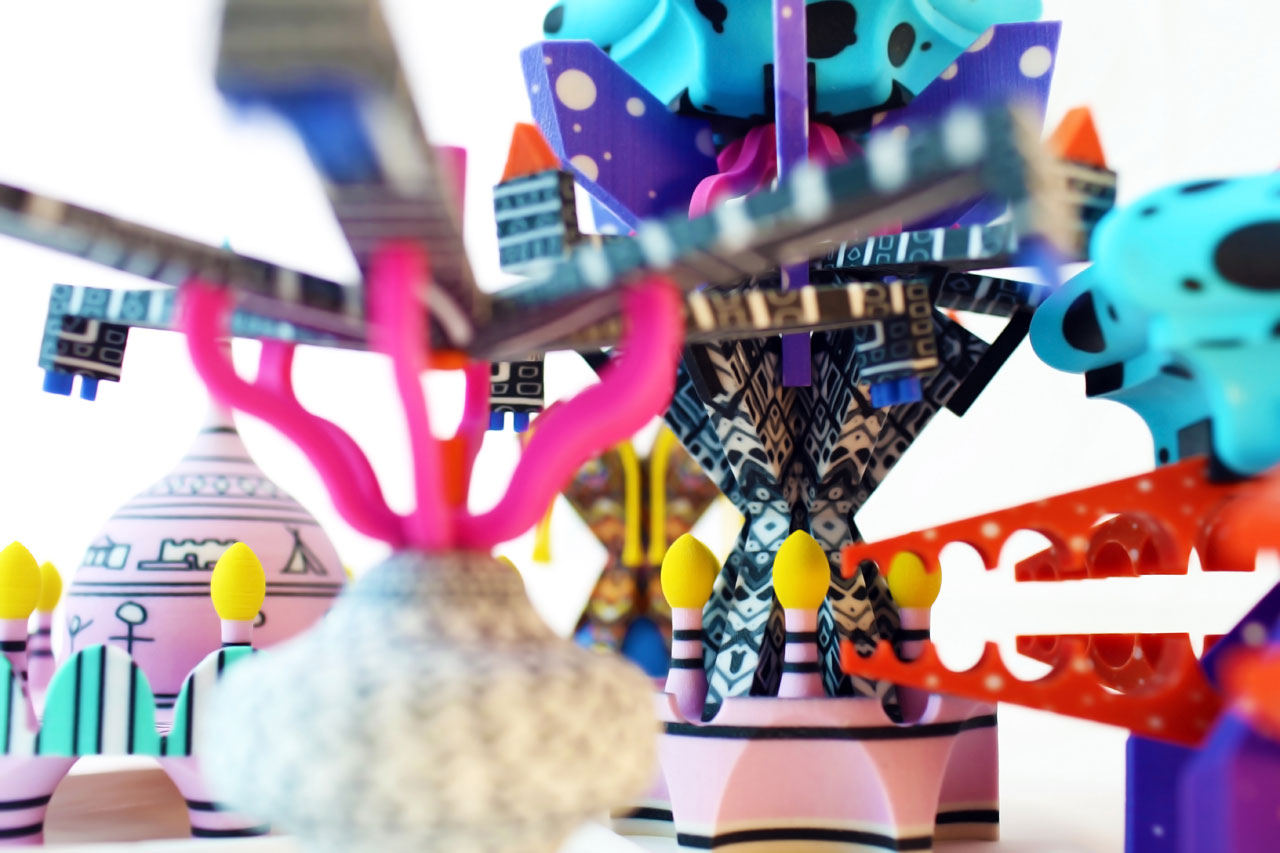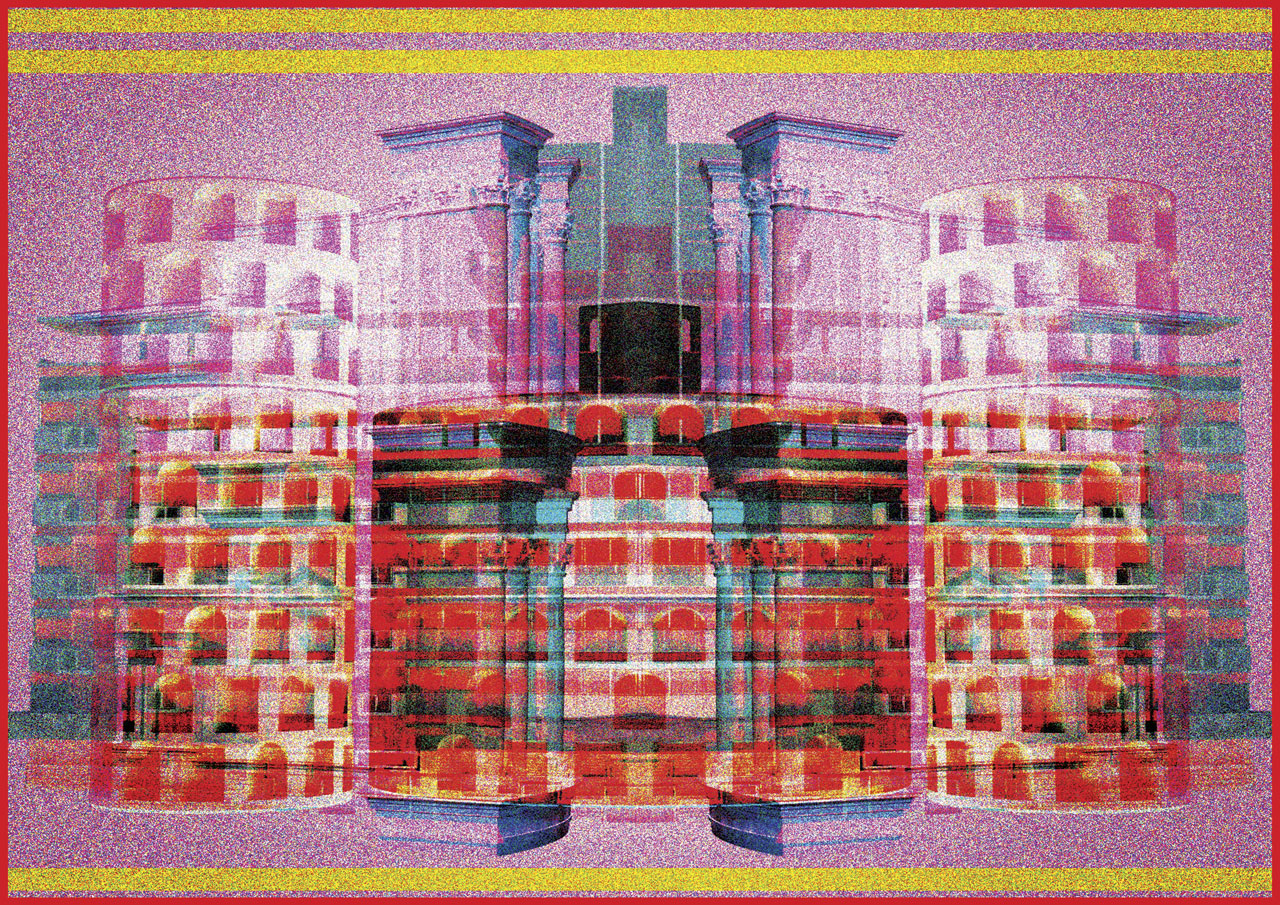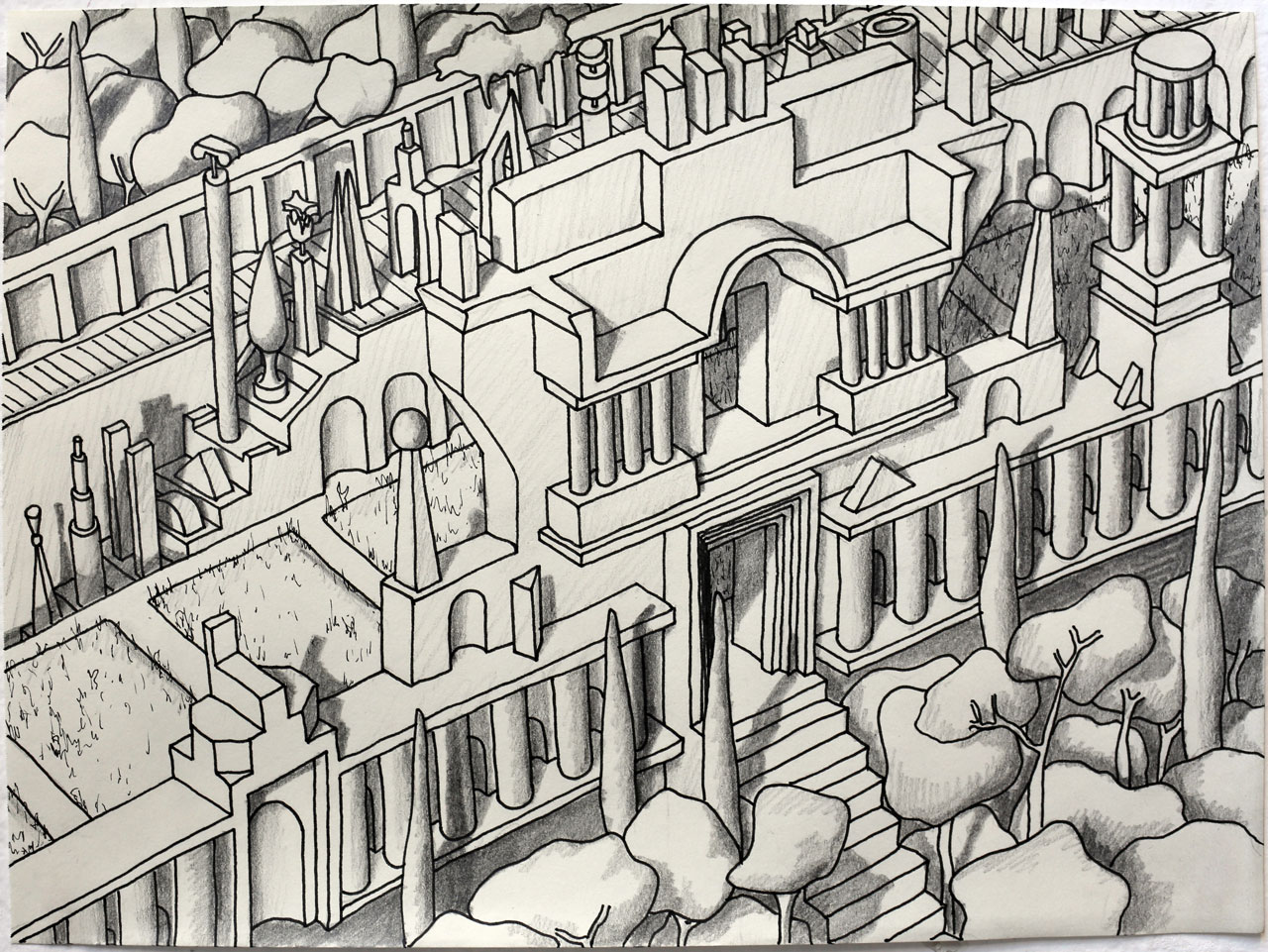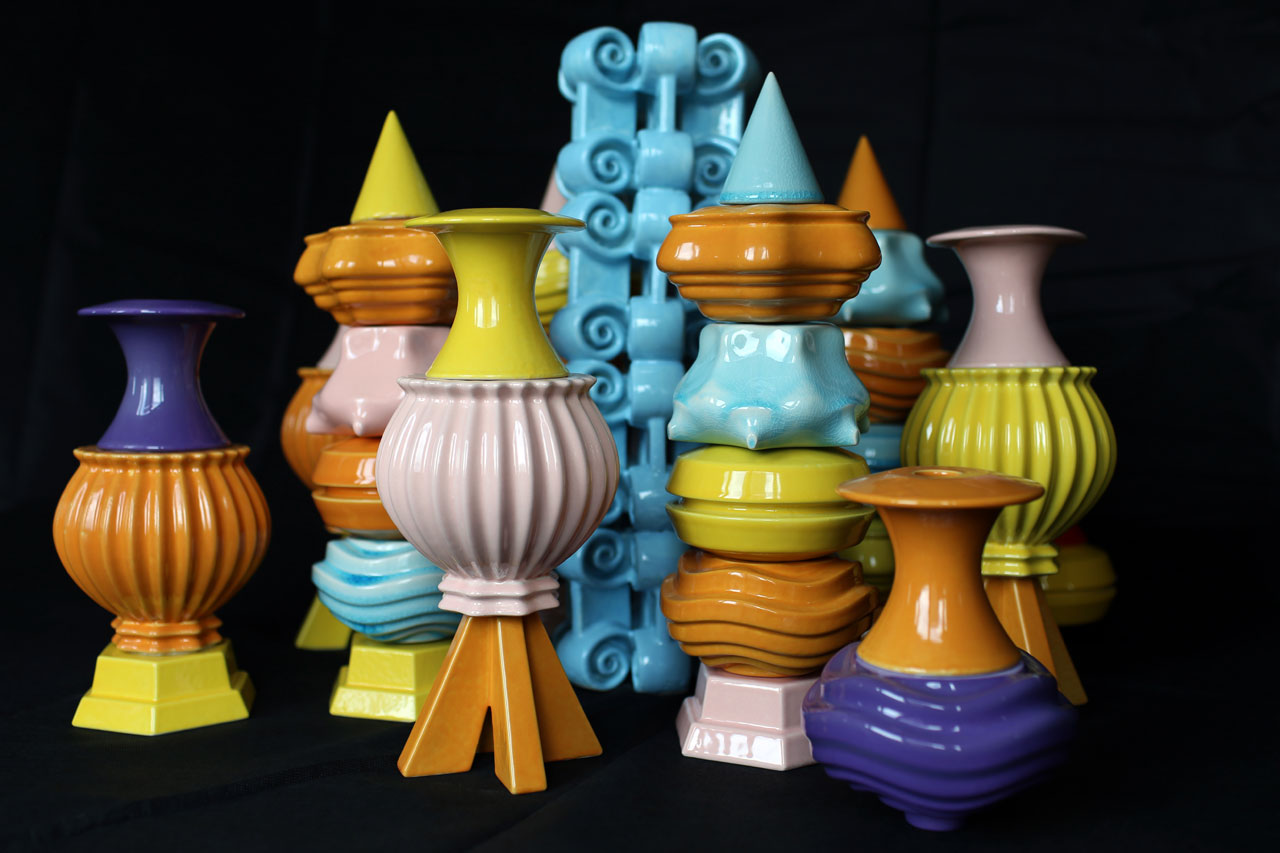Adam Nathaniel Furman (London, 1982) is an architect, a designer, an artist; he loves poetry, narration, writing, and sharing ideas. Color, joy, abundance, and a multimedia approach mix with a very critical and rational stance on design production, social interaction, and society evolution. The ancient glorious past as well as the newest high technologies melt in his practice that spans from 3D-printed objects to interiors and prose. Where’s Art interviews Adam Nathaniel Furman while resident artist at The British School at Rome.
“Design has to work. Art does not” – Donald Judd
Could you briefly describe what your research is about? We do understand this is very complex and very broad…
Like many people of my generation, my practice is a mixed one which has grown first from an extensive base of skills, that I was given belonging to the architectural background. Going to the Architecture Association, a school that has a very broad idea of what architecture is, we were taught an incredibly vast range of subjects spanning from digital technology to making, but also conceptually as we were immersed in philosophy theory discussing aesthetic and politics. This was effective in each of us, everyone I know turned this into a very rich personal approach. So that’s the reason for my multimedia nature, a very simple one.
To zoom out as much as possible, that manifested in me looking at all the various inspirations, all the various ways I make work, having notes of continuity. I am very much interested in simultaneously looking at archetypal ideas and forms, traditions, things that go back as far as human nature goes back: architectural forms that refer back to the ancient past, notions about community, the latest technologies as well as how they affect the way we live now… What does technology do to human nature? How does that make us feel? How do we cope with it? And, I don’t look at the high tech as ’oh this is all new, it is amazing how it can change the world!’. I just look at it to see how it relates to us in the same way we relate to these things from the ancient past. For instance, the project I did at the Design Museum is based on a fictional character as I always work through fiction. I think everything is a fiction, anyway, it is the way I tend to approach the world and use it as a tool. Through fiction I can go really deep into issues without being too didactic, without saying ‘I’m dealing with this topic in a scientific way’.
The fictional character was a designer, locked in his room for three months, and through this I could simultaneously look at all the new fabrication technologies – as he was making things all the time but using these digital tools – as well as the mechanics of interaction with people through social media. Now, there is nothing new with social media, it is just an extended form of print and letters, with a huge technology. So you see, it’s about the world I live and I want to be exploring it, I want to see how it relates to the world of physical objects. Looking at forms of continuity, at things from the past that last forever, and at those completely new, how they react and how they relate at the same time with our psychology as human beings and to our material environment, the world of making? Does this make any sense?
Definitely! And considering the way we relate to our past, materially and psychologically speaking, what is The Roman Singularity about and how is your project developing here?
Yes, besides being very excited to win the Prize per se – which was nice, indeed – I was excited because of being in Rome again. I go through life, I am constantly reading and studying and I am kind of happy to look for things that fit my predisposition, that explain the way I feel, and my sort of sensibility; and Rome does that to both my instinct and my intellectual, when I first came here…
It was for a month in 2005, so you kind of already know the city…
Yes, and that was when I had the ‘epiphany’. Well, it was an epiphany, indeed! You know, I function through clichés, because they are in a way ‘tradition’ and all of them are very profound. Well, I had a cliché epiphany, when having prosciutto e melone.
Where were you at that time?
Somewhere in Trastevere, I think I went there to see the church of Santa Cecilia, something like that. A very cheesy situation!
Well, that’s a very good place for an epiphany!
Yes, and actually I like these things that happen in very cheesy places, surrounded by tourists. Basically I was realizing that this place was exactly how I felt about the past and history because it totally contradicted what I was brought up with. In the sense that you have some kind of idealized past, you have an exactly perfect sequence of historical happenings one after another which all have a meaning, this is your history and this is how it defines the present.
You know the word ‘heritage’ which has now come to define the world as some kind of narrating museum… quoting Gio Ponti, “tradition is constant metamorphosis of the past, and every time we change something, we change the past, completely, therefore there is no such thing potentially as heritage, because it is always changing for it to be alive. The moment it stops, becoming what they define to be heritage, it is no longer alive, it is completely separated from any kind of context, it is not feeding future generations. “ Accordingly, I think it becomes not history, or anti-historical. Rome is so much of it, it has so much history that it is impossible for most of it to be catalogued as history, it becomes the ‘stuff’ of the city.
When I was here in 2005 the Internet was still evolving, but I thought ‘well, the city is like the Internet, it is like a giant artificial intelligence, there is so much history here like there is so much information with the Internet, it is like a black hole’. I consider Rome not only as a large city including all of the suburbs which are constantly changing, but as the influence it has had on the rest of the world. Everyone around the world in almost every single period, from Peter the Great onwards and even the French in the 16th century, and the Carolingian empire, everyone had its own version of Rome. Anyone wanted to make their own Rome, everyone wanted to change Rome. I just wrote in another post recently that Rome suburbs don’t stop in Anagnina, they go to South Africa, they go to Washington D.C., they go to Saint Petersburg. There is this feedback loop and when you are walking down the streets it is not just the layers of history, it is much more than that. It is the imagination of the whole world, it is the way people see themselves, it is the way people construct their own history. They actively disregard heritage and construct things in their own way. So that’s the way I am seeing history, basically. And this is what I am also doing through the project, and I am just starting to go fictional. The post I made yesterday was fictional: it was a kind of manifesto on an imaginary Italian collective called ‘Doge-storia’, where ‘doge’ is the dog….not the head of Venice. There is a nice parody between the Internet ‘doge’ and the ‘Doge’.
We saw that too. What would be the final outcome ? Are you also designing objects?
Yes, I am also designing objects in ceramics again, because it’s just a very immediate way of making things. I don’t like traditional architecture or models, I like things being objects in themselves. There is the blog that is a way of seeing things: each post is a way of viewing, at the same time I am building up an alternative city which draws inspiration from the Ichnographiam Campi Martii Antiquae Urbis (Ichnographia or Plan of the Campus Martius of the Ancient City – Ed.) which is an analogical compendium of my imaginary understanding of the city as a visitor. There will be paper drawings but also manifested objects that pop out of imagination, of my imaginary world which would be in the show.
Will they be like architectural models coming out of the map or design objects that do not have a direct relation to the idea of the city?
They’ll be more architectural models. They will be a manifestation of building from the project, but the buildings are going to be odd!
On your website there are also some drawings called Capriccio which are here on the wall. As soon as we saw one, it immediately recalled us of real buildings though with mixed elements.
Nothing I do is original, I don’t believe in originality, I don’t want to be original. My work is first based upon a collage where you can still discern the individual elements from where they originally come. And then, it’s the synthesis in something new. Growing up, I discovered the world of architecture and design and art through drawings. I am relatively against this notion of sui generis related to the architect, the designer whose dreams come from nowhere, just to be original. I was surrounded by people that had this notion about their work many years ago, and for a few years I told myself “I am not going to design, nothing!”, I studied, and copied, and for quite a while I just drew existing buildings from books, I drew plans, not designing anything new. And then, from that, I started to put things together in different ways according to my personal vision and feelings.
There is a critique to Postmodernism where individual elements which have been reused become floating signifiers without any meaning behind them. If the person imbues things with meaning, these relate to a specific historical thread, there is a link, otherwise there isn’t. And people who condemn the Postmodernist approach, I think they’re those who cannot handle this complexity and they just get rid of everything. It’s so easy to just dismiss. I’ve spent the past fifteen years trying to create a practice which just doesn’t throw it all away. It’s a joy, there is a pleasure in life of making and designing, it’s a way of understanding ourselves and what is the world. Or myself. I shouldn’t generalize, it’s terrible.
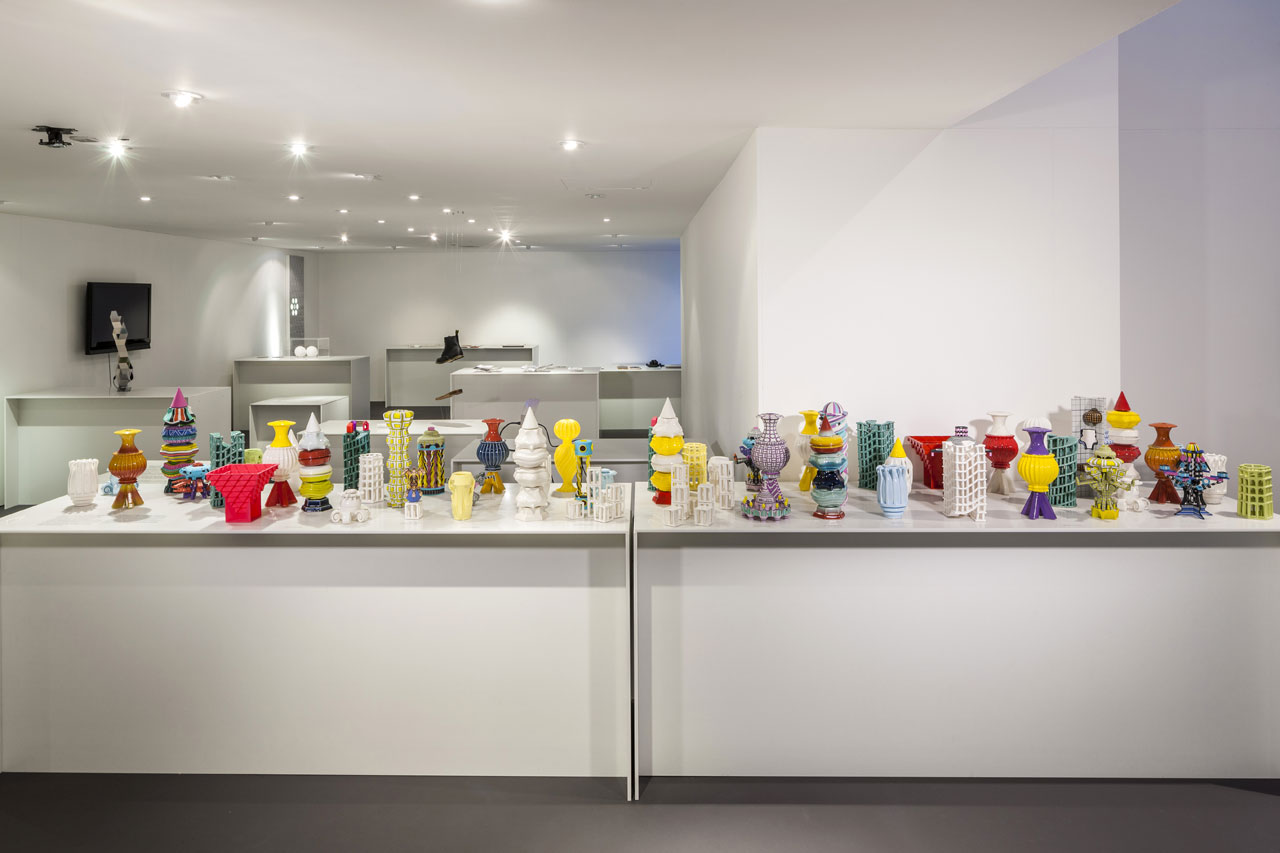
And about complexity, there is the video accompanying the project Identity Parade which is a bit crazy…
There will be also a video for The Roman Singularity project. Well, for Identity Parade, the Design Museum was like “WTF!”. The piece was a mess itself: there was the blog, and then the objects, and the film. In the space there was an iPad, a giant table of things -like a catwalk -, and the film that was shouting. Super funny!
There we can really get the idea of joy and abundance, multiplicity and complexity.
It’s more than that. The blog is because I love prose and writing, narration, theory, ideas, as I also write for newspapers. The film is absolutely poetry as I adore poetry. Of all the mediums, the poem is the artistic equivalent of the sense of smell, more than music that is the second to me. Poetry – when it works on you, because I don’t mean it works on everybody – it’s like smelling something, it’s like a pot, you forget about now and suddenly… I am in the garden, three years old, with my face in the mud and I am really upset and the smell is so rich in the mud… and poems do that. It’s so powerfully and profoundly obscure, and difficult to understand, impossible to explain, it’s the very core of what I love in life. So the video tries for me to revolve around it, not really describing it.
When you mentioned the abundance, I was talking more about the issue of identity in relation to media, in terms of visual abundance that is quite personal. I have a horror vacui of empty spaces. I think the world should be a fat, rich, vibrant, buzzing reflection of what is variant in space. I don’t think it’s something that can apply to everyone everywhere but it’s something that I love when I come across it and when I come to someone’s house. It just makes me feel warm and I rely very much in human culture, there is a sensibility and my background is rooted into that.
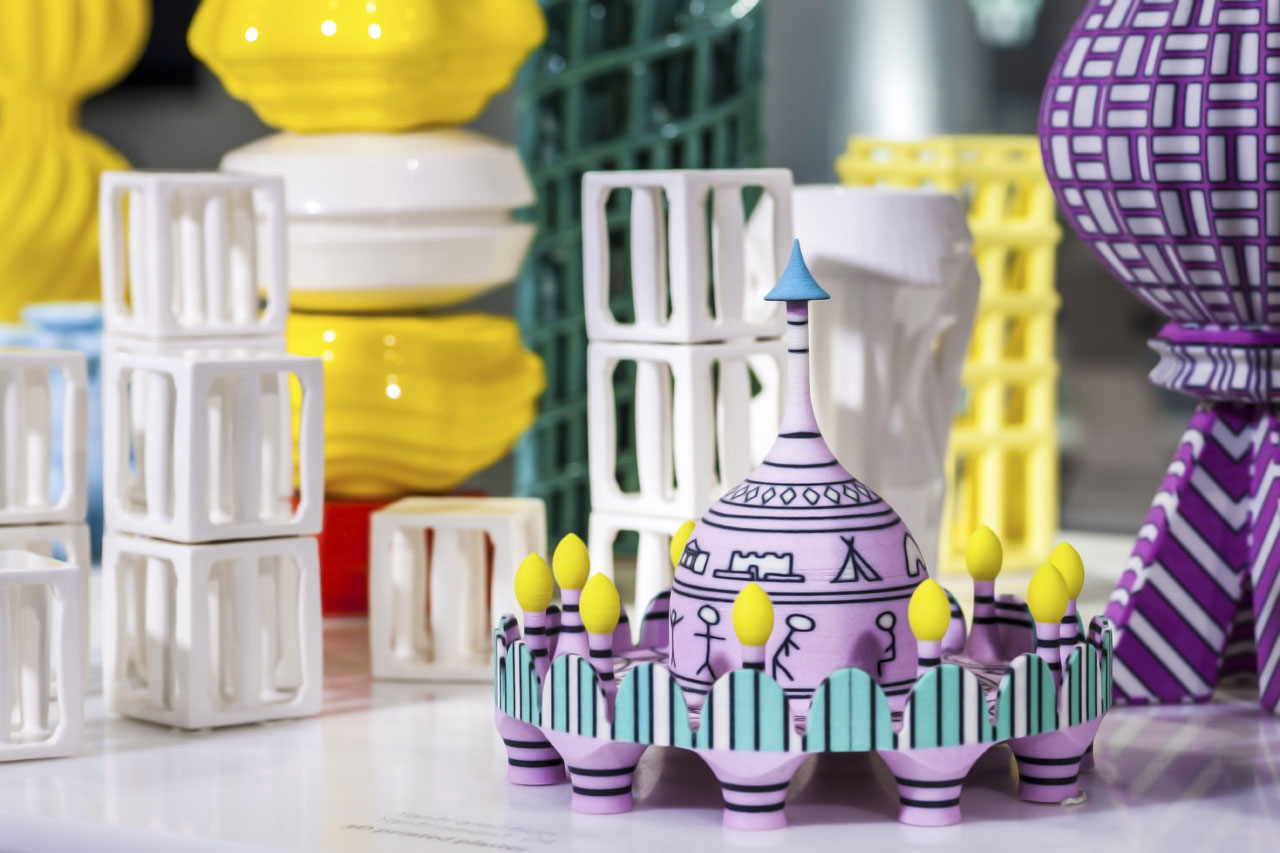
In your projects Identity Parade and The Roman Singularity, a commitment of depicting a visual overdose through objects seems to be at stake. Specifically regarding Identity Parade, how does the notion of multiplicity connect to the issue of identity?
Well, very traditionally. It’s about the notion of collecting and the wunderkammern in the XVI century where people would represent all of their ideas and the world they have visited in a room. It’s about the decoration of every space around you with things that you feel mirroring your intimacy and you feel comfortable with. It’s the human nature to surround yourself with objects that reflect your own personality. Some people are the opposite, being very proud to say all they belong fit in a suitcase, but it is the same thing, it functions in the same way, they just extend their personality on a few objects.
So you see multiplicity as something that strengthens the identity, rather than undermining it? You know, this is an argument of the digital 2.0 discourse for that it’s often told diverse identities contribute to weaken who we are and our personality… What is your position about that?
I don’t think there is a possibility to generalize, but that’s the main issue of my life: I remember the day we had cable television, and suddenly I had like fifty channels to go, and then the Internet came. It is difficult to pin down your identity, I don’t think it is an issue of media changing, rather being the same just more numerous or at least more powerful. There are a lot of people who say something along the lines of “you have to get rid of the Internet, do not go on Internet”, and “to cut out of the digital world as it is destroying our brains, making us no longer able to concentrate, that the Internet is all about information and not about knowledge…”. This reflects an attitude in Academia that drove me crazy. For instance, in the Fine Arts, you can’t be colorful, you can’t be fun, you can’t be censorious, you can’t be beautiful, you can’t be abundant. You can’t really deal with that side of the world that has a vivaciousness to it. And the scene is serious, so even if you had an extremely intellectual discourse but somehow you work with frivolous things which are colorful and playful, you are out! You have to be serious and black and white, and have very long labelled sentences. You have to basically more than being intellectual, you have to impress your intellectualism upon people.
When it comes to the multiplicity and media that we have nowadays, then people just get so overloaded with visual stimuli. It’s a multiple identity that you can have, but they retract and label it, and condemn children fucking around on YouTube, messing without everything can concentrate. But then, cut it all out, and we go to the opposite extreme and have some sort of idealized anachronistic notion of unitarian identity that never existed! Because when writing in cup-hand, we have multiple identities: you have dairies, you have letters, you present yourself differently to different people depending on what letter you are writing. You have court events, you have balls, you have different professional societies constantly; and frankly it is the same as just as was on the computer (but there weren’t so many and it was not so quickly), but the tactics were exactly the same. All you need to do is to take everything that is available just as the way books, printed media, or radio was available before, taking bit by bit seriously and you will have a richer experience: you are going to use all of the contemporary means you have at your disposal to make beauty, to explore yourself, to see yourself through other people’s eyes in multiple media. I am strongly against the notion of forcing some sorts of false unitarity of identity because I think that the multiple mirrors our contemporary society mix, forces us to be better if we want it to. It could potentially enhance to be a better person, a richer artist, make better spaces and engage more people. I don’t agree with the other account.
Exploring more the relationship between art and design in your practice, where do you see in your work this boundary, if there’s one at all.
It is very problematic because now I am really particular about the definition of words. And I don’t really understand what art is, and what design is. They are vast topic areas, like love! Because design and art mean so many different things to so many different people, it is very hard to give a single definition. All I can say is that in my practice there isn’t a separation. Lots of people say ‘this is more artistic because it doesn’t have a function’, but are we talking about a mental, intellectual function? Do art and design have to stimulate our imagination? And, that function that is definitely not artistic, is in the sense that people define contemporary art as questioning some kind of profound intellectual point? I don’t want to make fun of it but it’s also true that not everything which doesn’t have a function is art. I tend to say everything I do is design, but in the old sense of ‘disegno’.
More in the sense of drawing a project…
Exactly. An intellectual construct which has a guiding principle, which is manifest through the hands and can be appreciated as an object both from the sphere of imagination and the sphere of the sense of touch, feeling and pleasure. This is very old fashioned! This goes back to Florence, but that’s the only definition I would give. So it’s not contemporary design or industrial design, but ‘disegno’ in that respect. I am utterly confused with contemporary definitions of design. What would you say?
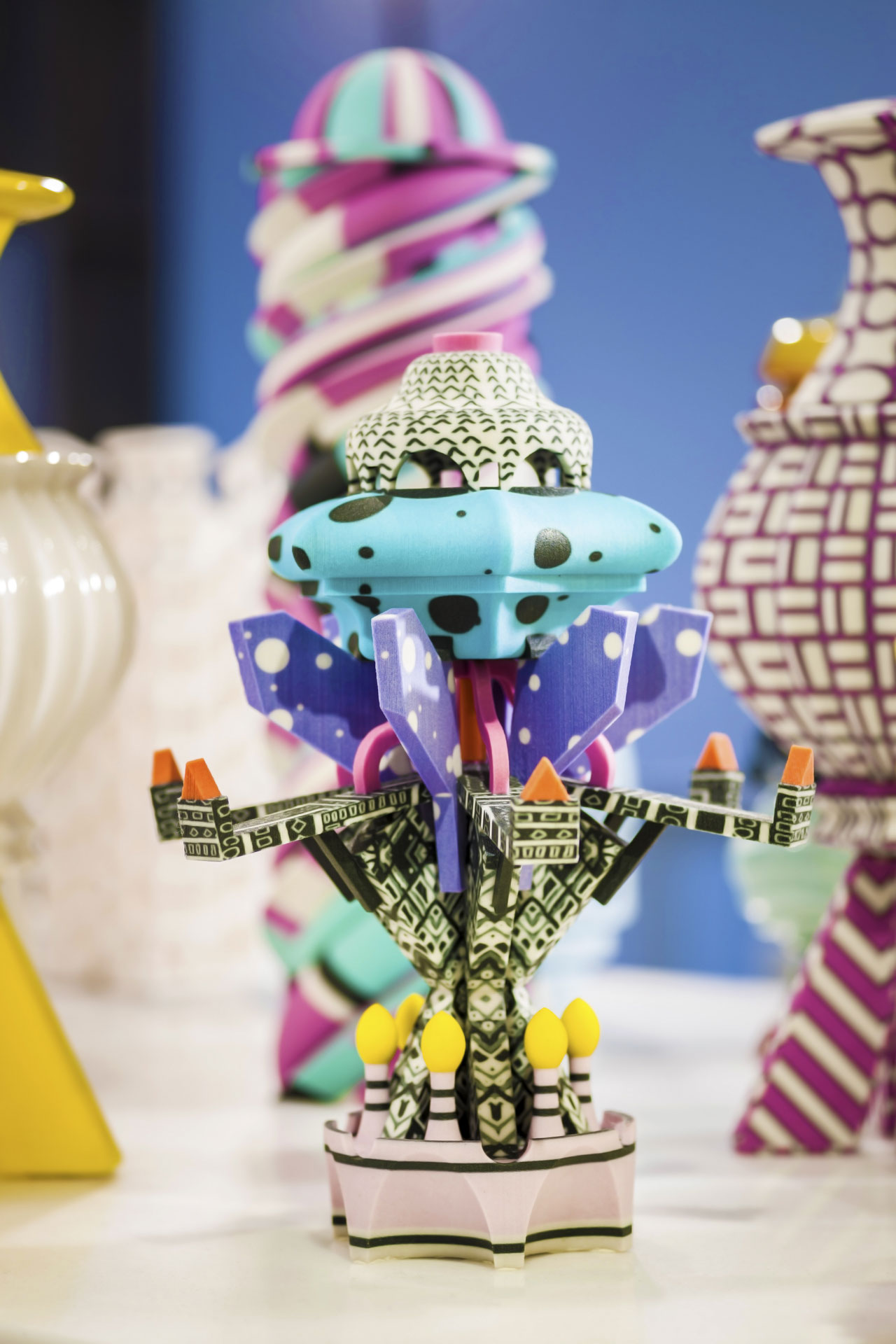
We might not even need any precise definition… But this question comes from a very present relationship between design and function that goes back to the Bauhaus principles. Where do you feel your work belongs to? Industrial designers don’t get along with art, and the reversed situation is valid for artists. It’s very interesting and tricky to see this shift in your work as the boundary is very blurred, but then what is what? What can we define art, discerning it from design?
I think my position might be relatively common amongst architects, and particularly among those who were trained in a more humanistic tradition. In our seven years of education we have been constantly dealing with concepts from the fine arts and philosophy, and at the same time, making things, designing things.
But then, can you distinguish where does the art stop to start being design in your work? Comparing your production to designers at Sony or at Bang&Olufsen, or to another visual artist, how does your work respectively differentiate from theirs?
It’s different from both of them. I think I would distance myself more from people who design for Bang&Olufsen as there is usually an agency behind them, which I think is the primary division. As far as I am concerned – and it just regards me, as this is how design works -, it is exceptionally depressing to put all of your creative energy at the service of a making machine, which is totally impersonal by its very nature. And it only has an end: profit. Which is fine! I am from a business background, I am not anti-capitalist at all, but the substance of what I am working on I feel has to have an innate exploration of life through the design, which I feel that I embody. That has to be manifest in the projects, and their outcome must be something I agree with. Which cannot happen if I am doing something for a big company. Because as for the definition of fine art, you, as a creative individual, are exploring your experience in reality, manifesting it in your objects or your practice and there is no end in it. The end is conveying an experience. So I definitely do not respect ‘the ends’, just as fine art does. There is an issue of autonomy, agency and creative freedom.

